A new WAF experience
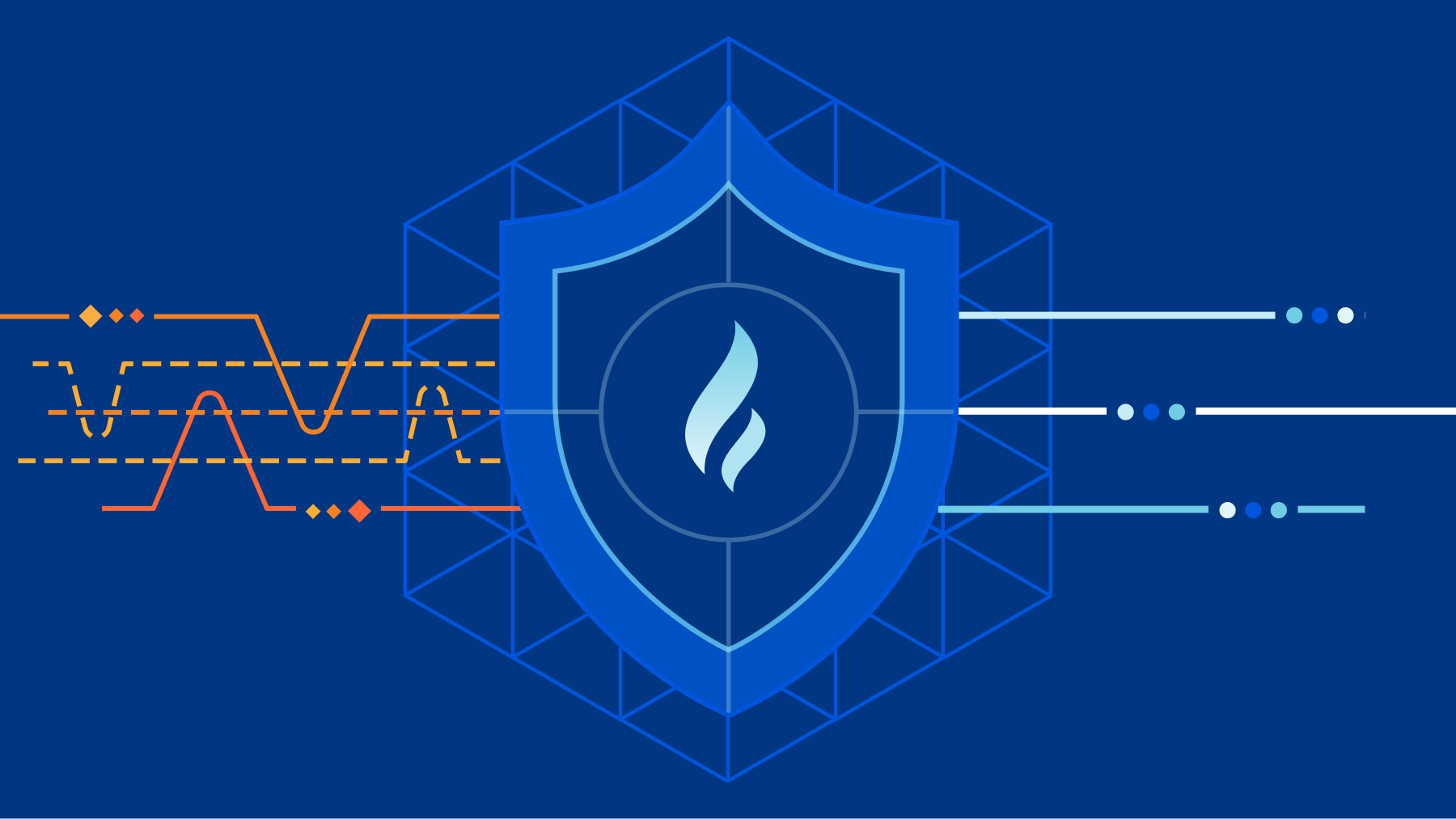
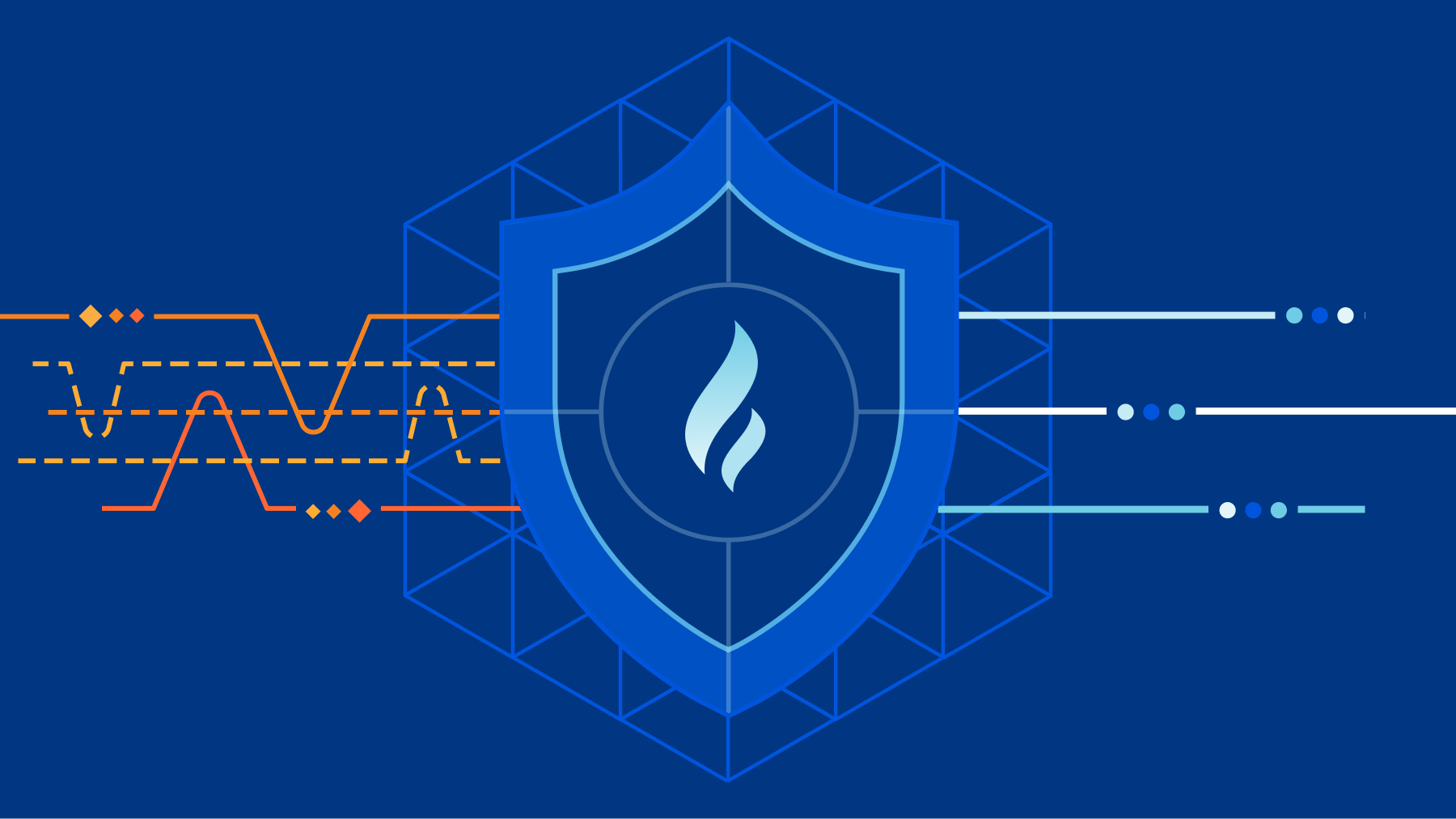
Around three years ago, we brought multiple features into the Firewall tab in our dashboard navigation, with the motivation “to make our products and services intuitive.” With our hard work in expanding capabilities offerings in the past three years, we want to take another opportunity to evaluate the intuitiveness of Cloudflare WAF (Web Application Firewall).
Our customers lead the way to new WAF
The security landscape is moving fast; types of web applications are growing rapidly; and within the industry there are various approaches to what a WAF includes and can offer. Cloudflare not only proxies enterprise applications, but also millions of personal blogs, community sites, and small businesses stores. The diversity of use cases are covered by various products we offer; however, these products are currently scattered and that makes visibility of active protection rules unclear. This pushes us to reflect on how we can best support our customers in getting the most value out of WAF by providing a clearer offering that meets expectations.
A few months ago, we reached out to our customers to answer a simple question: what do you consider to be part of WAF? We employed a range of user research methods including Continue reading
Dropping privileges
If you’re writing a tool that takes untrusted input, and you should treat almost all input as untrusted, then it’s a good idea to add a layer of defense against bugs in your code.
What good is a buffer overflow, if the process is fully sandboxed?
This applies to both processes running as root, and as normal users. Though there are some differences.
Standard POSIX
In POSIX you can only sandbox if you are root. The filesystem can be
hidden with chroot(), and you can then change user to be non-root
using setuid() and setgid().
There have been ways to break out of a chroot() jail, but if you
make sure to drop root privileges then chroot() is pretty effective
at preventing opening new files and running any new programs.
But which directory? Ideally you want it to be:
- read-only by the process (after dropping root)
- empty
- not shared by any other process that might write to it
The best way no ensure this is probably to create a temporary directory yourself, owned by root.
This is pretty tricky to do, though:
// Return 0 on success.
int do_chroot()
{
const char* tmpdir = getenv("TMPDIR");
if (tmpdir == NULL) Continue readingDemocratizing email security: protecting individuals and businesses of all sizes from phishing and malware attacks
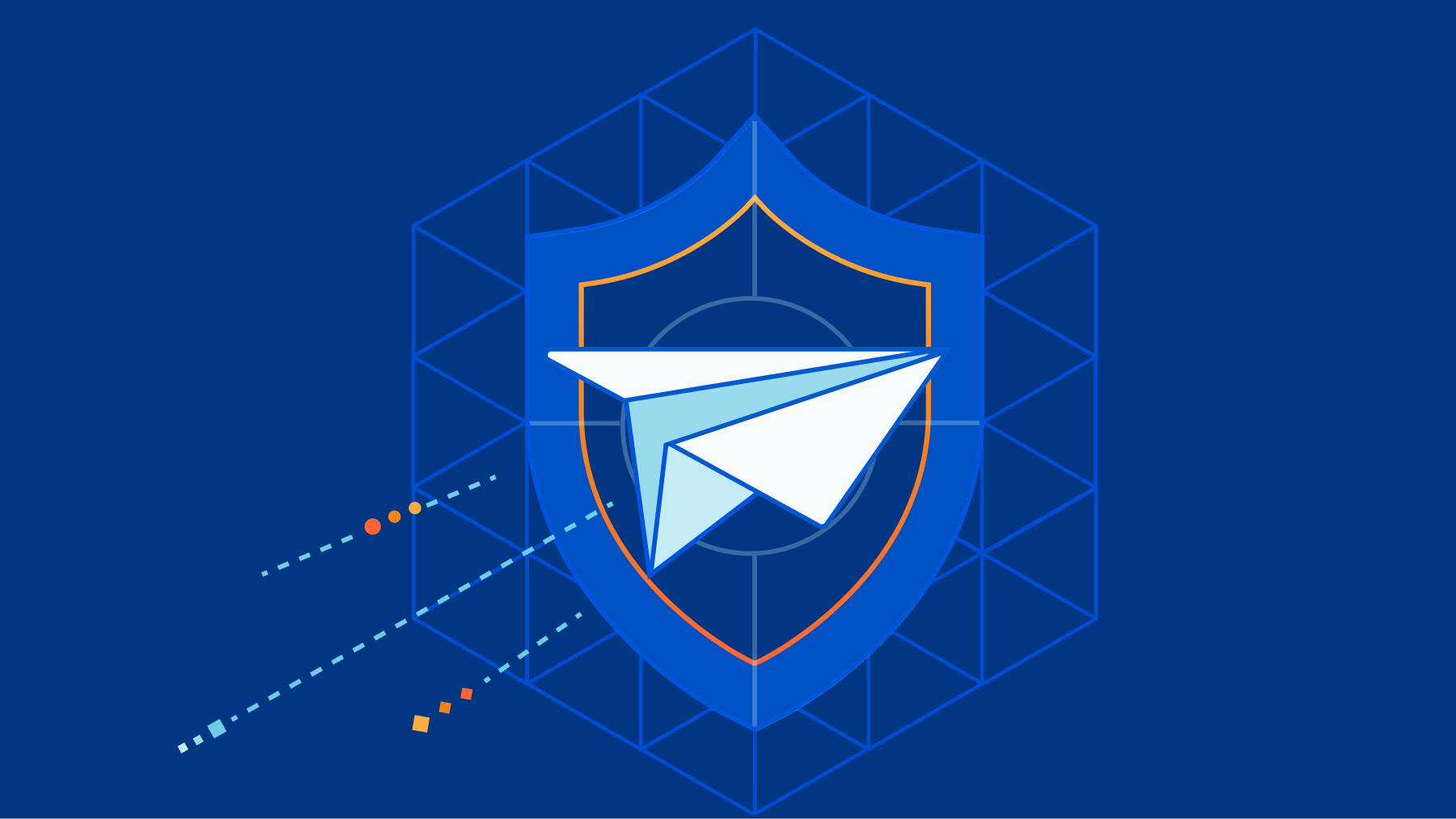

Since our founding, Cloudflare has been on a mission to take expensive, complex security solutions typically only available to the largest companies and make them easy to use and accessible to everyone. In 2011 and 2015 we did this for the web application firewall and SSL/TLS markets, simplifying the process of protecting websites from application vulnerabilities and encrypting HTTP requests down to single clicks; in 2020, during the start of the COVID-19 pandemic, we made our Zero Trust suite available to everyone; and today—in the face of heightened phishing attacks—we’re doing the same for the email security market.
Once the acquisition of Area 1 closes, as we expect early in the second quarter of 2022, we plan to give all paid self-serve plans access to their email security technology at no additional charge. Control, customization, and visibility via analytics will vary with plan level, and the highest flexibility and support levels will be available to Enterprise customers for purchase.
All self-serve users will also get access to a more feature-packed version of the Zero Trust solution we made available to everyone in 2020. Zero Trust services are incomplete without an email security solution, and CISA’s recent report makes that clearer Continue reading
Trust Will Do You In
loc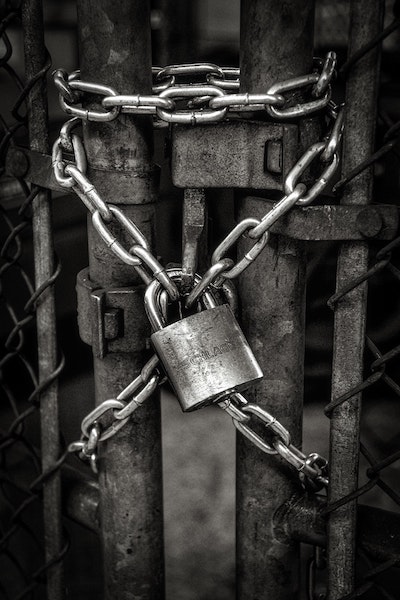
If you’re a fan of the Gestalt IT Rundown that I do every week on the Gestalt IT YouTube channel, you have probably heard about the recent hacks of NVIDIA and Samsung. The original investigation into those hacks talked about using MDM platforms and other vectors to gain access to the information that was obtained by the hacking groups. An interesting tweet popped up on my feed yesterday that helped me reframe the attacks:
It would appear that the group behind these attacks are going after their targets the old fashioned way. With people. For illustration, see XKCD from 2009:
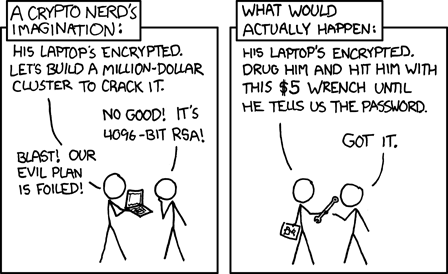
The Weakest Links
People are always the weakest link in any security situation. They choose to make something insecure through bad policy or by trying to evade the policy. Perhaps they are trying to do harm to the organization or even try to shine a light on Continue reading
seccomp — Unsafe at any speed
I’ll just assert that there’s no way to use seccomp()
correctly. Just like how there’s no way to use gets()
correctly, causing it to eventually be removed from the C and C++
standards.
seccomp, briefly
seccomp allows you to filter syscalls with a ruleset.
The obvious thing is to filter anything your program isn’t supposed to be doing. If it doesn’t do file IO, don’t let it open files. If it’s not supposed to execute anything, don’t let it do that.
But whether you use a whitelist (e.g. only allow working with already open file descriptors), or a blacklist (e.g. don’t allow it to open these files), it’s fundamentally flawed.
1. Syscalls change. Sometimes without even recompiling
open() in your code actually becomes the openat syscall. Maybe. At
least today. At least on my machine, today.
select() actually becomes pselect6. At least on Fridays.
If you upgrade libc or distribute a binary to other systems, this may start to fail.
2. Surprising syscalls
Calling printf() will call the syscall newfstatat, a syscall hard
to even parse into words. But only the first time you call it! So
after your first printf() you can block newfstatat.
Maybe Continue reading
How Cloudflare verifies the code WhatsApp Web serves to users
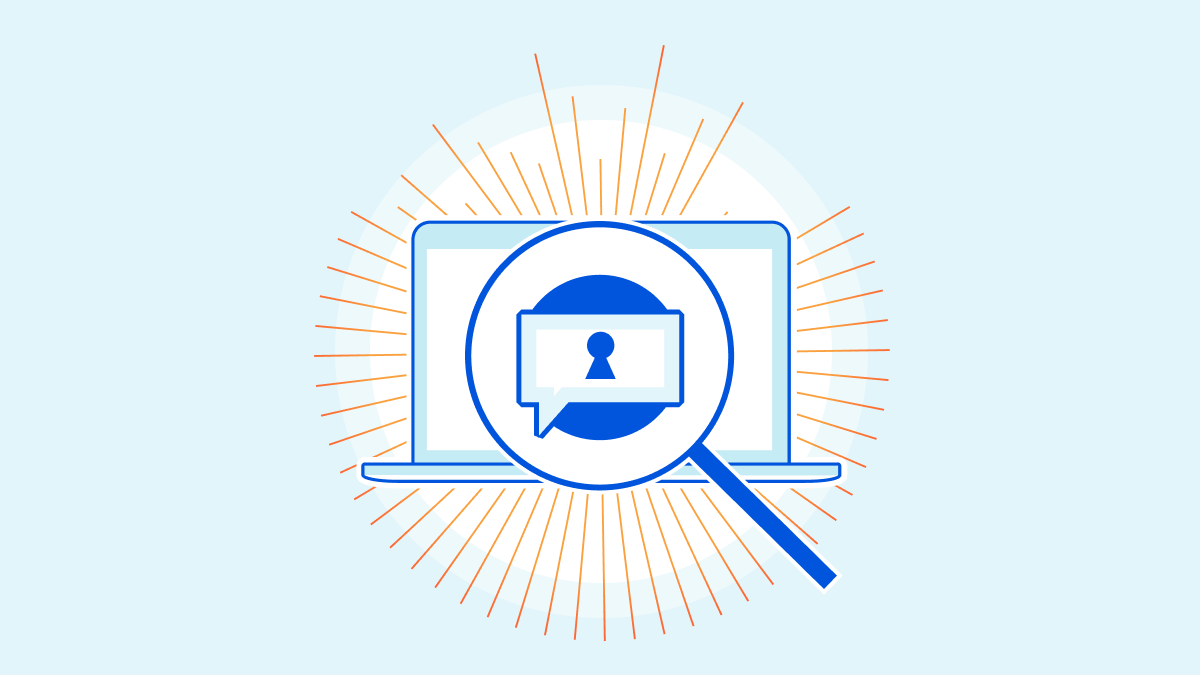

How do you know the code your web browser downloads when visiting a website is the code the website intended you to run? In contrast to a mobile app downloaded from a trusted app store, the web doesn’t provide the same degree of assurance that the code hasn’t been tampered with. Today, we’re excited to be partnering with WhatsApp to provide a system that assures users that the code run when they visit WhatsApp on the web is the code that WhatsApp intended.
With WhatsApp usage in the browser growing, and the increasing number of at-risk users — including journalists, activists, and human rights defenders — WhatsApp wanted to take steps to provide assurances to browser-based users. They approached us to help dramatically raise the bar for third-parties looking to compromise or otherwise tamper with the code responsible for end-to-end encryption of messages between WhatsApp users.
So how will this work? Cloudflare holds a hash of the code that WhatsApp users should be running. When users run WhatsApp in their browser, the WhatsApp Code Verify extension compares a hash of that code that is executing in their browser with the hash that Cloudflare has — enabling them to easily see Continue reading
Steps we’ve taken around Cloudflare’s services in Ukraine, Belarus, and Russia
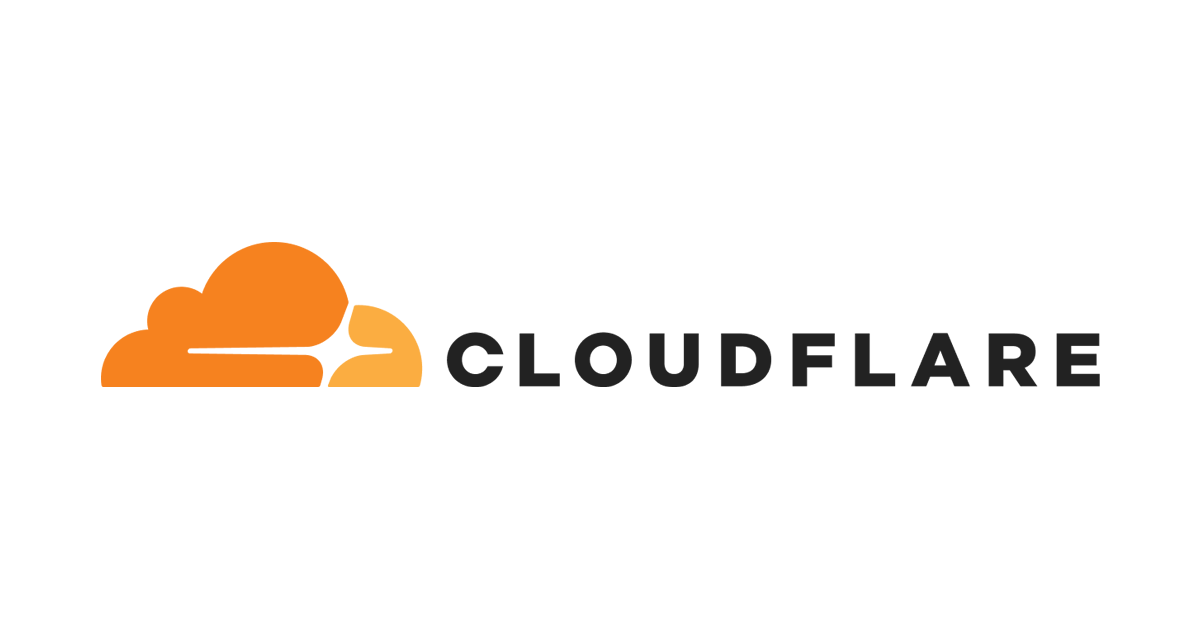
At Cloudflare, we've watched in horror the Russian invasion of Ukraine. As the possibility of war looked more likely, we began to carefully monitor the situation on the ground, with the goal of keeping our employees, our customers, and our network safe.
Helping protect Ukraine against cyberattacks
Attacks against the Internet in Ukraine began even before the start of the invasion. Those attacks—and the steady stream of DDoS attacks we’ve seen in the days since—prompted us to extend our services to Ukrainian government and telecom organizations at no cost in order to ensure they can continue to operate and deliver critical information to their citizens as well as to the rest of the world about what is happening to them.
Going beyond that, under Project Galileo, we are expediting onboarding of any Ukrainian entities for our full suite of protections. We are currently assisting more than sixty organizations in Ukraine and the region—with about 25% of those organizations coming aboard during the current crisis. Many of the new organizations are groups coming together to assist refugees, share vital information, or members of the Ukrainian diaspora in nearby countries looking to organize and help. Any Ukrainian organizations that are facing Continue reading
Worth Reading: Misconceptions about Route Origin Validation
Use the email sent by Randy Bush to RIPE routing WG mailing list every time a security researcher claims a technology with no built-in security mechanism is insecure (slightly reworded to make it more generic).
Lately, I am getting flak about $SomeTechnology not providing protection from this or that malicious attack. Indeed it does not.
Worth Reading: Misconceptions about Route Origin Validation
Use the email sent by Randy Bush to RIPE routing WG mailing list every time a security researcher claims a technology with no built-in security mechanism is insecure (slightly reworded to make it more generic).
Lately, I am getting flak about $SomeTechnology not providing protection from this or that malicious attack. Indeed it does not.
Shields up: free Cloudflare services to improve your cyber readiness
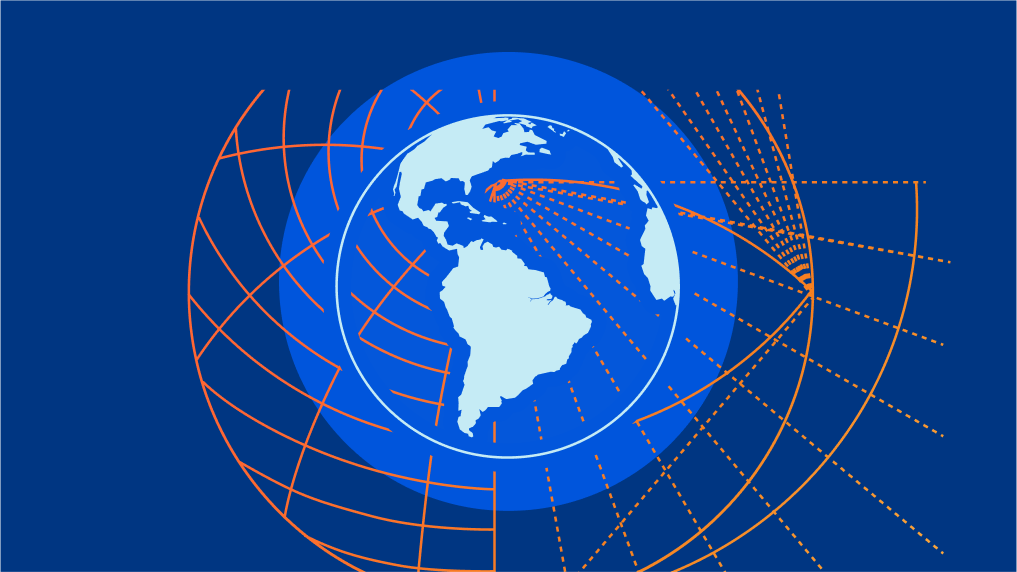
Since our founding, Cloudflare's mission has been to "help build a better Internet," and we take it to heart. It used to be that the services required to adequately secure an online presence were only available to the largest of enterprises — organizations big enough to afford both the technology itself and the teams to manage it.
We've worked hard over the years to level the playing field. This has meant making more and more of the essential tools for protecting an online presence available to as many people as possible. Cloudflare offers unmetered DDoS protection — for free. We were the first to introduce SSL at scale — for free. And it’s not just protection for your external-facing infrastructure: we have a free Zero Trust plan that enables teams to protect their internal-facing infrastructure, too.
These types of tools have always been important for the billions of people on the Internet. But perhaps never as important as they've become this week.
Concurrent with the Russian invasion of Ukraine, we've seen increasing cyberattacks on the Internet, too. Governments around the world are encouraging organizations to go “shields up” — with warnings coming from the United States’ Cybersecurity & Infrastructure Security Continue reading
Cloudflare re-enforces commitment to security in Germany via BSIG audit


As a large data processing country, Germany is at the forefront of security and privacy regulation in Europe and sets the tone for other countries to follow. Analyzing and meeting the requirements to participate in Germany’s cloud security industry requires adherence to international, regional, and country-specific standards. Cloudflare is pleased to announce that we have taken appropriate organizational and technical precautions to prevent disruptions to the availability, integrity, authenticity, and confidentiality of Cloudflare’s production systems in accordance with BSI-KritisV. TÜViT, the auditing body tasked with auditing Cloudflare and providing the evidence to BSI every two years. Completion of this audit allows us to comply with the NIS Directive within Germany.
Why do cloud companies operating in Germany need to go through a BSI audit?
In 2019, Cloudflare registered as an Operator of Essential Services’ under the EU Directive on Security of Network and Information Systems (NIS Directive). The NIS Directive is cybersecurity legislation with the goal to enhance cybersecurity across the EU. Every member state has started to adopt national legislation for the NIS Directive and the criteria for compliance is set individually by each country. As an ‘Operator of Essential Services’ in Germany, Cloudflare is regulated by the Federal Continue reading
BGP security and confirmation biases


This is not what I imagined my first blog article would look like, but here we go.
On February 1, 2022, a configuration error on one of our routers caused a route leak of up to 2,000 Internet prefixes to one of our Internet transit providers. This leak lasted for 32 seconds and at a later time 7 seconds. We did not see any traffic spikes or drops in our network and did not see any customer impact because of this error, but this may have caused an impact to external parties, and we are sorry for the mistake.

Timeline
All timestamps are UTC.
As part of our efforts to build the best network, we regularly update our Internet transit and peering links throughout our network. On February 1, 2022, we had a “hot-cut” scheduled with one of our Internet transit providers to simultaneously update router configurations on Cloudflare and ISP routers to migrate one of our existing Internet transit links in Newark to a link with more capacity. Doing a “hot-cut” means that both parties will change cabling and configuration at the same time, usually while being on a conference call, to reduce downtime and impact on the network. Continue reading
Gigamon Introduces Playbooks, Plus A Full Year Of Data Retention, To Its NDR Service
Gigamon has added new features to its SaaS-based Network Detection and Response (NDR) service, including playbooks that provide context for investigations, and a full year of data retention. In addition, Gigamon hopes to compete with more established NDR vendors by bringing more of a human touch to its service.
The post Gigamon Introduces Playbooks, Plus A Full Year Of Data Retention, To Its NDR Service appeared first on Packet Pushers.
2022 Top 10 Cyber Security Certifications
Before Starting Cyber Security
Cyber Security, sometimes you might find it as Cyber Operations, CyberOps, is the branch of Network Security that focuses on attacks, from the internet or from the inside of the network, gaps, bugs, look for them before they get used, fix them, and look again.
so the engineers continue to keep looking and fixing, as the internet is always evolving and generating more threats.
How to Study Cyber Security
generally, the domain of security (Information Security, Cyber Security) has nowadays hundreds of certifications and exams from many different vendors.
some are involved in the industry of making security devices/components, others are there just to teach us and make us the best engineers in the domain.
and mostly, cyber stuff comes from companies that focuses on creating the content/references more.
rather than information security exams and books that comes from vendors that produces platforms (Firewalls, IPS, IDS, NGFW, NGIPS, ESA, WSA, and many others).
so as a beginner, up to higher than an expert, many exams should be studied.
of course alongside with some other general/networking exams that you might already hold before studying the cyber security, and these exams will be mentioned below.
Top 10 Cyber Continue reading
OMG: VTP Is Insecure
One of my readers sent me an interesting pointer:
I just watched a YouTube video by a security researcher showing how a five line python script can be used to unilaterally configure a Cisco switch port connected to a host computer into a trunk port. It does this by forging a single virtual trunk protocol (VTP) packet. The host can then eavesdrop on broadcast traffic on all VLANs on the network, as well as prosecute man-in-the-middle of attacks.
I’d say that’s a “startling revelation” along the lines of “OMG, VXLAN is insecure” – a wonderful way for a security researcher to gain instant visibility. From a more pragmatic perspective, if you enable an insecure protocol on a user-facing port, you get the results you deserve1.
While I could end this blog post with the above flippant remark, it’s more fun considering two fundamental questions.
OMG: VTP Is Insecure
One of my readers sent me an interesting pointer:
I just watched a YouTube video by a security researcher showing how a five line python script can be used to unilaterally configure a Cisco switch port connected to a host computer into a trunk port. It does this by forging a single virtual trunk protocol (VTP) packet. The host can then eavesdrop on broadcast traffic on all VLANs on the network, as well as prosecute man-in-the-middle of attacks.
I’d say that’s a “startling revelation” along the lines of “OMG, VXLAN is insecure” – a wonderful way for a security researcher to gain instant visibility. From a more pragmatic perspective, if you enable an insecure protocol on a user-facing port, you get the results you deserve1.
While I could end this blog post with the above flippant remark, it’s more fun considering two fundamental questions.
Why Privacy?
I’ve kicked off a series over at Packet Pushers on the ; the first installment is up now.
There’s a chapter in my new book on the topic, as well.
Announcing the public launch of Cloudflare’s bug bounty program


Today we are launching Cloudflare’s paid public bug bounty program. We believe bug bounties are a vital part of every security team’s toolbox and have been working hard on improving and expanding our private bug bounty program over the last few years. The first iteration of our bug bounty was a pure vulnerability disclosure program without cash bounties. In 2018, we added a private bounty program and are now taking the next step to a public program.
Starting today, anyone can report vulnerabilities related to any Cloudflare product to our public bug bounty program, hosted on HackerOne’s platform.
Let's walk through our journey so far.

Step 1: starting a vulnerability disclosure program
In 2014, when the company had fewer than 100 employees, we created a responsible disclosure policy to provide a safe place for security researchers to submit potential vulnerabilities to our security team, with some established rules of engagement. A vulnerability disclosure policy is an important first step for a company to take because it is an invitation to researchers to look at company assets without fear of repercussions, provided the researchers follow certain guidelines intended to protect everyone involved. We still stand by that policy and welcome Continue reading